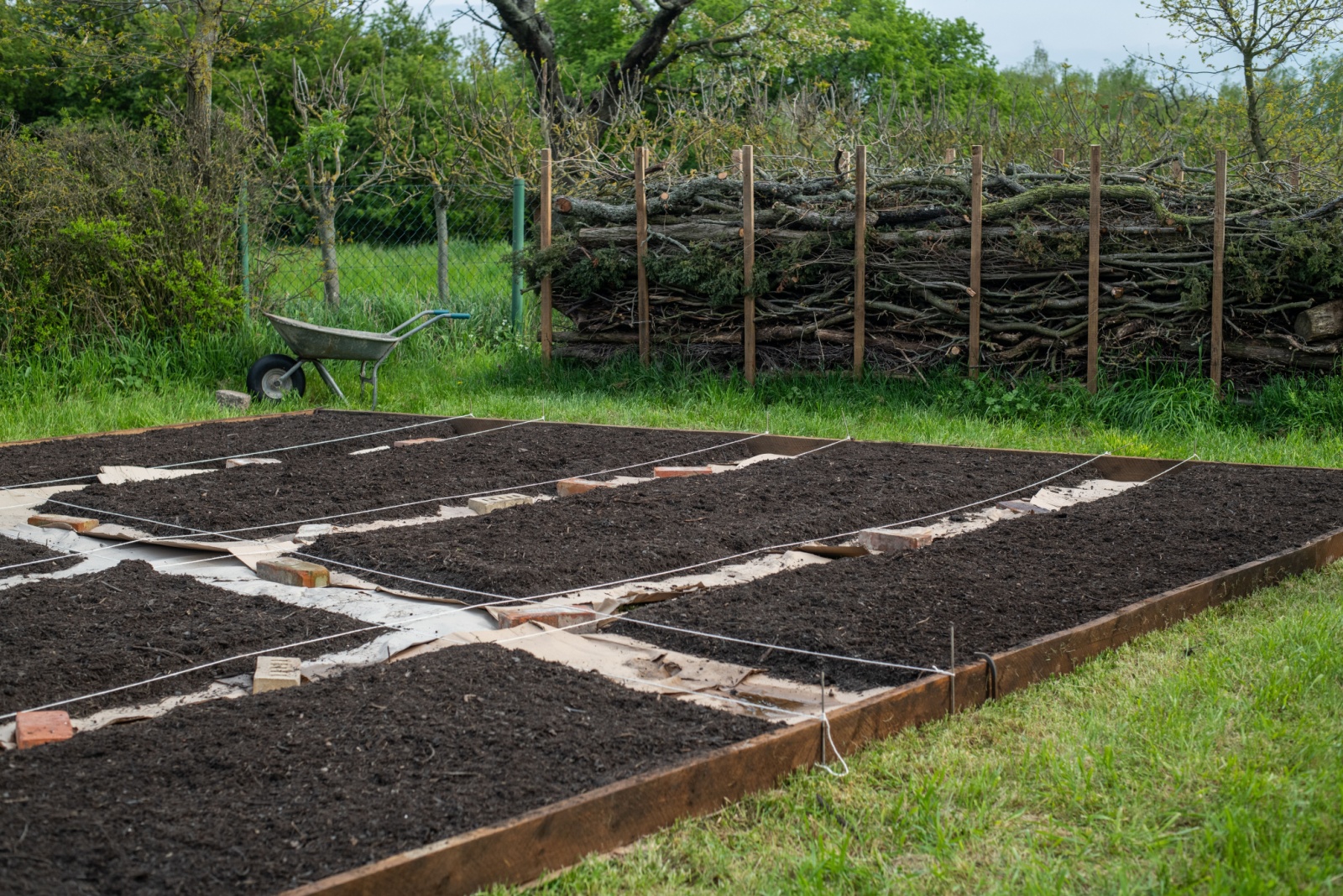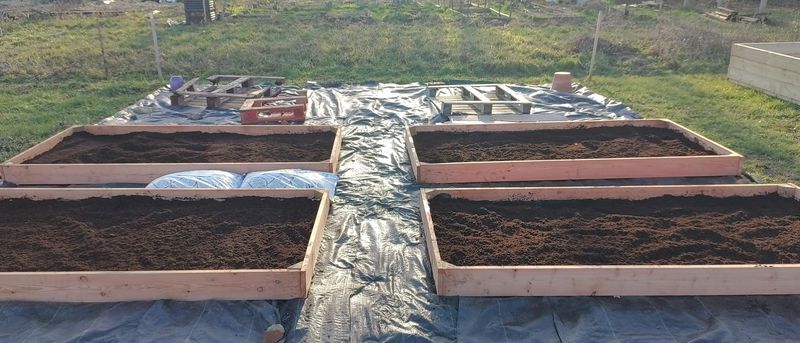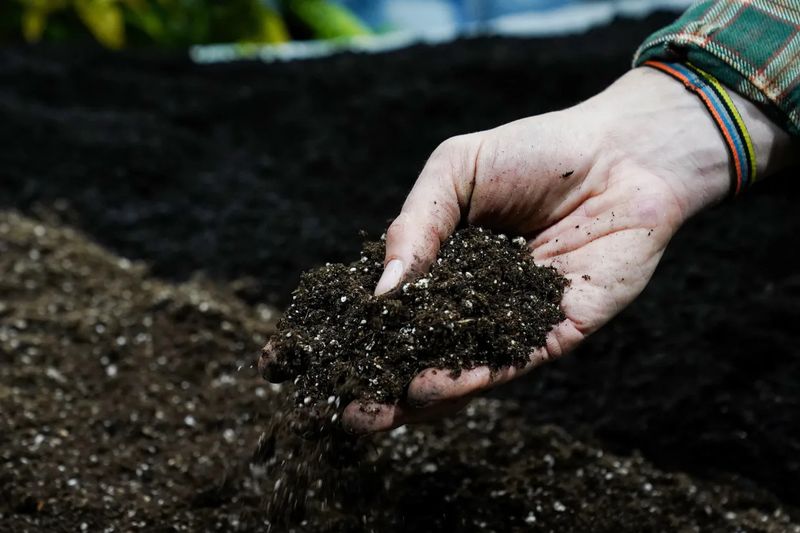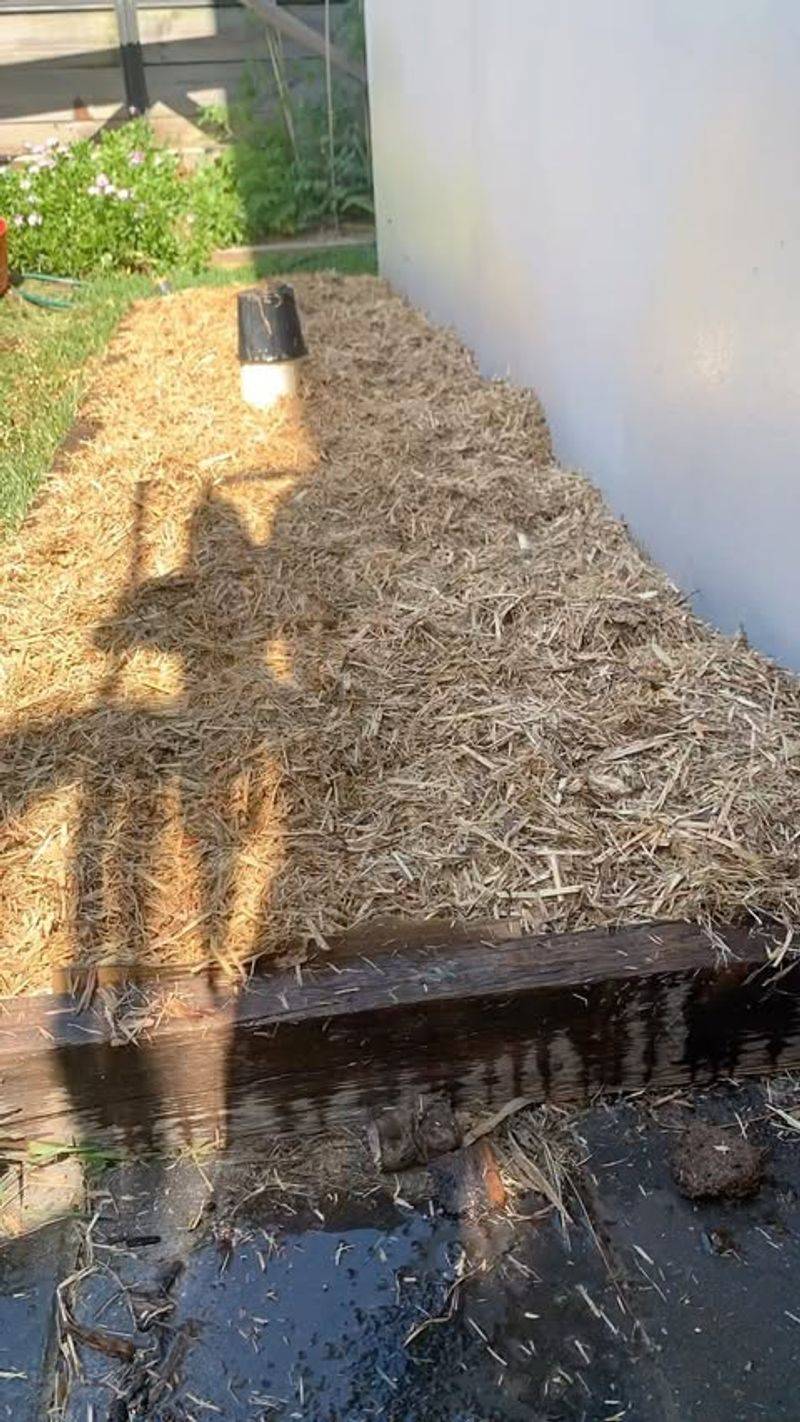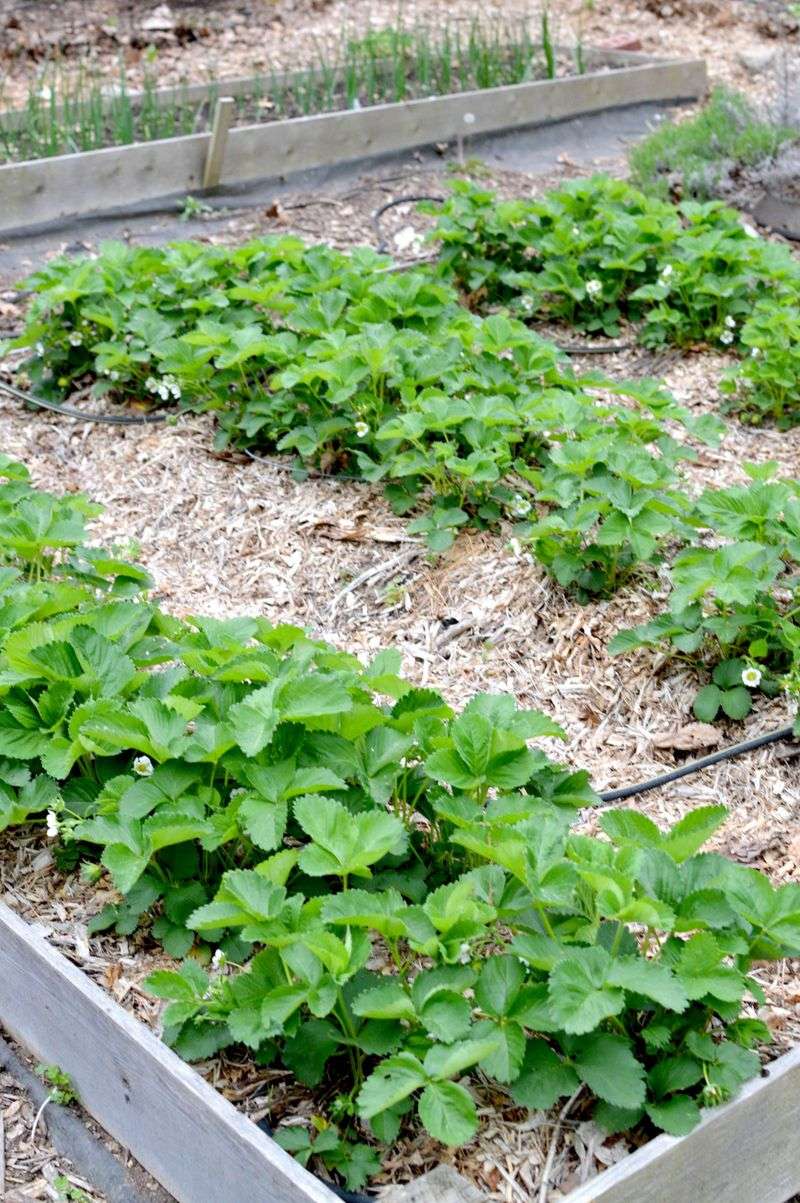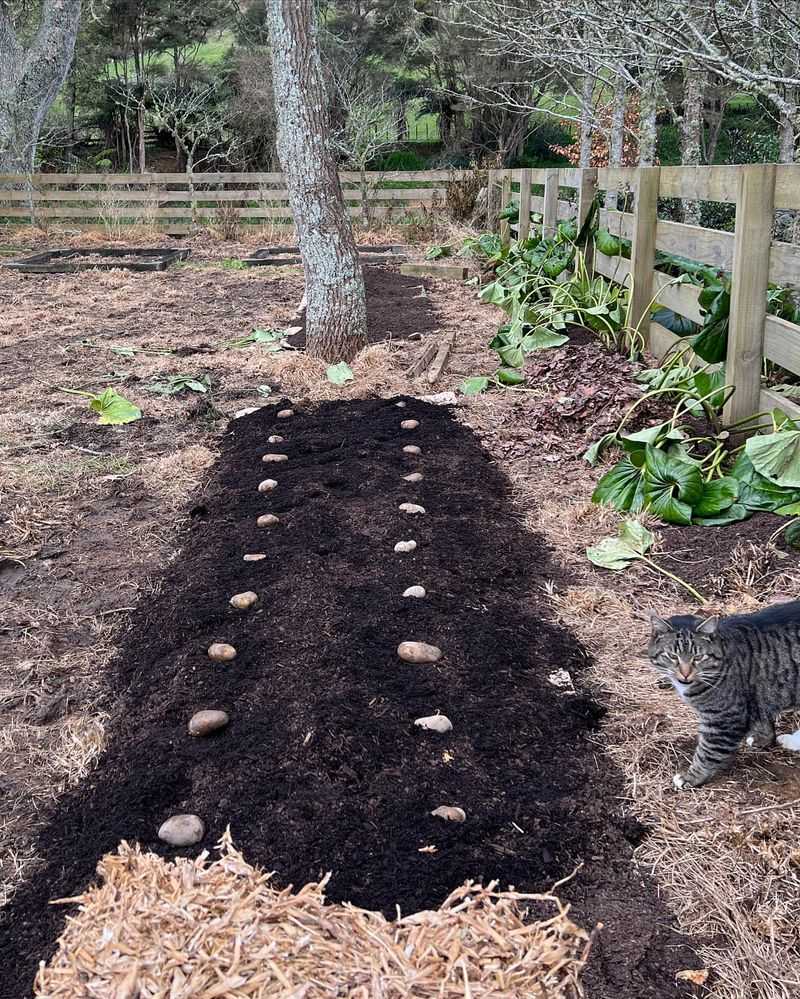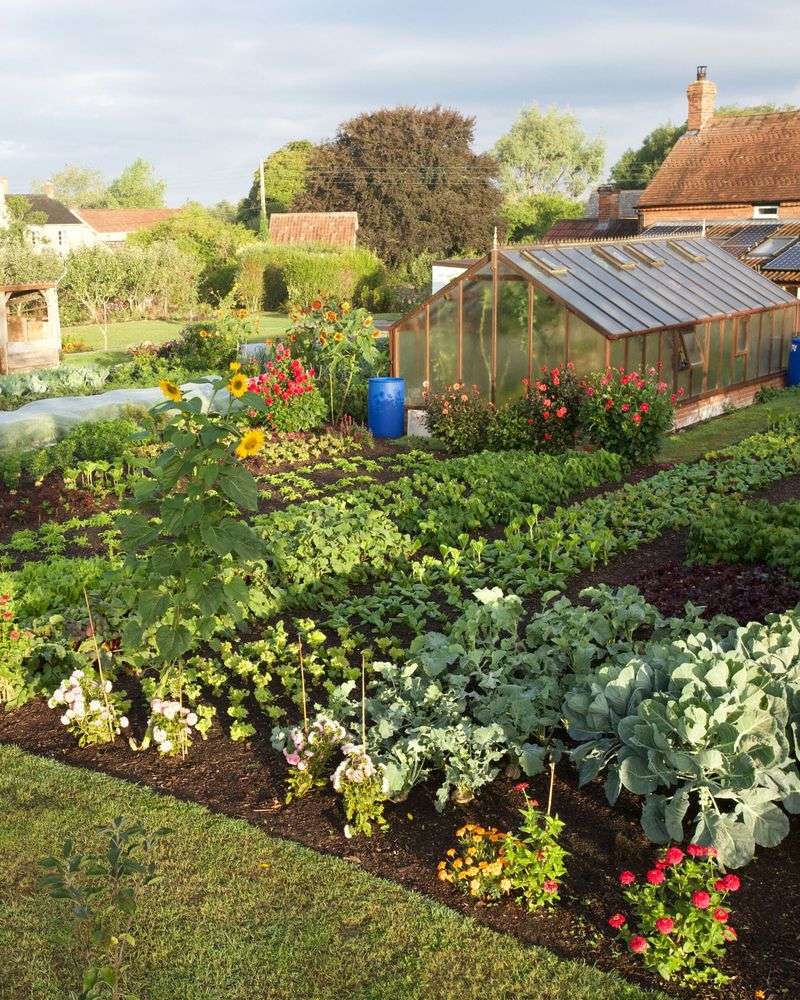Gardening in Arkansas comes with its own set of hurdles—scorching summers and stubborn clay soil can make planting tough. But there’s a clever workaround that’s kind to your back and your garden. No-dig beds let you skip the shovel and still build rich, fertile ground.
This method is perfect for turning grassy patches into thriving garden space without tearing up your lawn. Just layer cardboard, compost, and mulch, and let nature do the heavy lifting. Over time, the soil improves while weeds stay suppressed.
For Arkansas gardeners craving a simpler way to grow food and flowers, no-dig is a game changer. It’s low-effort, high-reward—and ideal for working with the climate and soil you’ve got.
1. Save Your Back While Building Better Soil
Traditional tilling destroys soil structure and brings dormant weed seeds to the surface. No-dig methods preserve beneficial soil organisms that create natural aeration and nutrient cycling.
I’ve noticed dramatic improvements in my garden’s productivity since switching to no-dig. The earthworm population has exploded, breaking down organic matter and creating channels for water and roots.
Arkansas’s clay soils particularly benefit from this approach as they gradually transform into crumbly, fertile growing medium without the physical strain of digging.
2. Perfect Timing For Arkansas Gardens
Fall and winter preparation sets you up for spring planting success. By starting your no-dig bed in autumn, the materials break down during Arkansas’s mild winters, creating perfect spring planting conditions.
Summer heat in Arkansas can be brutal, reaching over 95 degrees regularly. No-dig beds with proper mulch retain moisture better than traditional gardens, reducing watering needs during scorching July and August days.
For me, starting beds in October or November works beautifully, allowing time for decomposition before the spring growing season.
3. Materials You’ll Need From Local Sources
Cardboard serves as your base layer – collect boxes from grocery stores, appliance shops, or neighbors. Remove all tape and staples before laying it down.
Compost forms the heart of your garden. Arkansas gardeners can source quality compost from local suppliers in Little Rock, Fayetteville or create their own from kitchen scraps and yard waste.
Mulch materials like leaves, straw, or wood chips protect your soil. Pine straw works wonderfully in our region and can often be gathered for free during fall cleanup.
4. Simple Steps To Create Your First Bed
Mow the grass as short as possible where you plan to place your bed. This initial step helps speed decomposition of the underlying lawn.
Lay cardboard or several layers of newspaper directly on the grass, overlapping edges by at least 6 inches to prevent grass from growing through seams.
Add 4-6 inches of compost on top of the cardboard, then finish with 2-3 inches of mulch. Water thoroughly between layers to activate decomposition and prevent materials from blowing away in Arkansas’s occasional strong winds.
5. Plants That Thrive In Arkansas No-Dig Gardens
Tomatoes and peppers flourish in no-dig beds, appreciating the consistent moisture and nutrient availability. Their deep roots benefit from the gradually improving soil structure beneath the compost layer.
Native perennials like purple coneflower and black-eyed Susans establish quickly in no-dig systems. Once planted, they’ll return year after year, handling Arkansas’s summer heat with minimal care.
I once tried growing sweet potatoes in my no-dig bed and harvested enough to share with neighbors all winter. Their sprawling vines also provided natural ground cover that suppressed weeds.
6. Managing Seasonal Challenges Without Digging
Arkansas’s heavy spring rains can compact traditional gardens. No-dig beds maintain their structure better, with mulch absorbing impact and preventing soil splashing onto plants.
Summer drought becomes less problematic as the layered organic materials act like a sponge, holding moisture longer. This means less watering and better plant health during July and August dry spells.
Winter preparation simply involves adding fresh layers of compost and mulch on top. The garden essentially builds itself over time as materials break down and enrich the soil below.
7. Long-Term Benefits For Your Arkansas Landscape
No-dig gardens become more productive each year as soil life increases. The initial investment of materials pays dividends through improved harvests and reduced maintenance.
Arkansas gardeners report fewer pest problems in established no-dig beds. The balanced ecosystem supports beneficial insects that help control problematic bugs naturally.
Water conservation becomes significant as your garden matures. My water bills dropped noticeably after the second year, even during dry spells, as the soil’s ability to retain moisture continued to improve.

